The automotive industry, once synonymous with its hardware and tangibles like engines, gearboxes, and sheet metal, is now rapidly embracing a software-first approach. This shift is even more prominent with electric vehicles (EV), where technology, user experience, and shifting digital ecosystems are no longer merely influencing design but are instead beginning to define design itself.
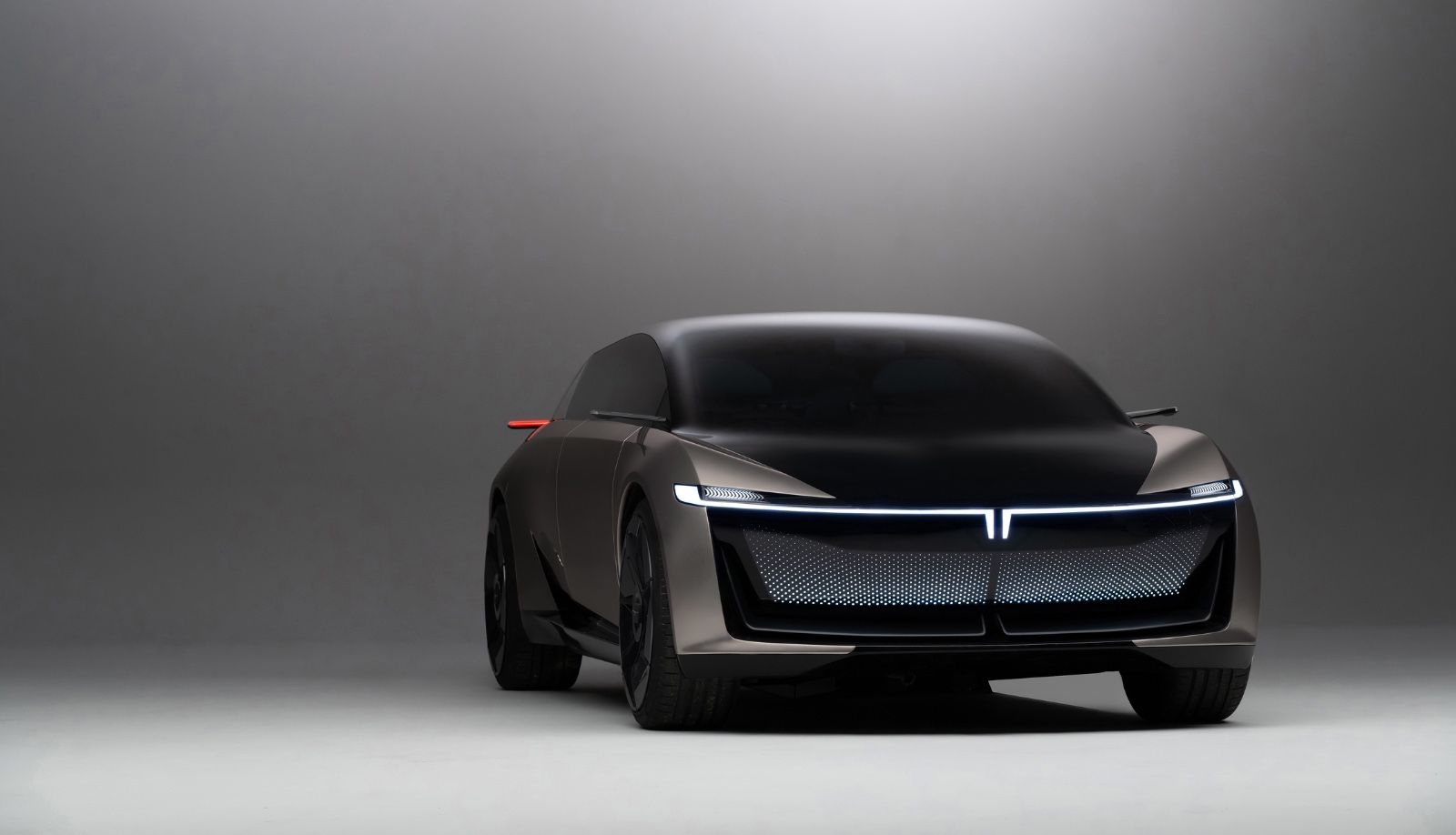
Across the Indian landscape, as EV adoption gathers pace, the very concept of design is shifting. Spurred by growing digital ambitions, the design of a car today extends far beyond the exterior. It is evolving into an immersive, connected experience influenced by software and innovation.
The Rise Of Software-Defined Design, Transitioning From Sheet Metal To Screens
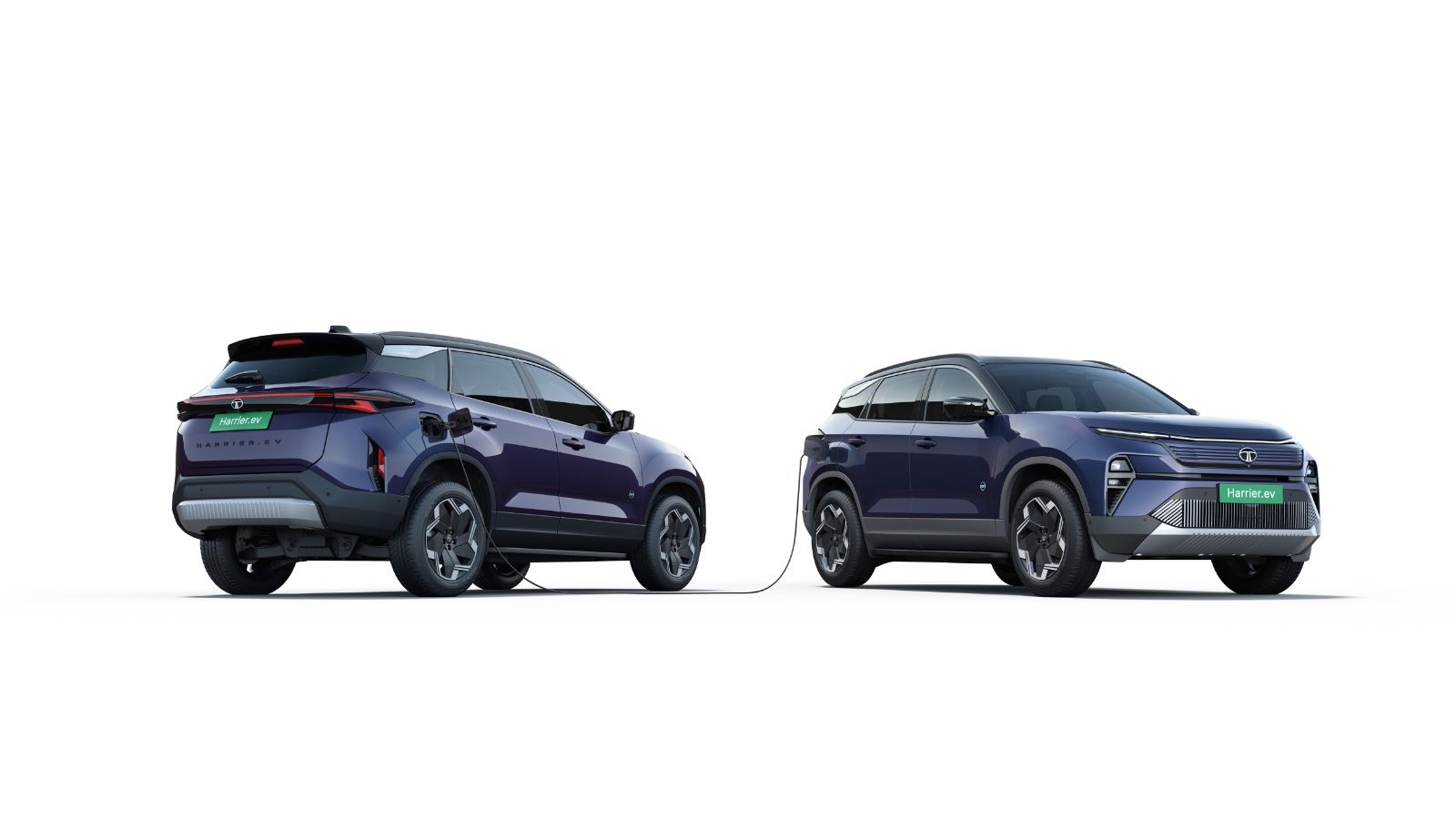
Customer expectations of cars have fundamentally shifted. Modern consumers, particularly the urban, tech-embracing EV buyer, demand more than sheer performance. They are looking for smart features, intuitive controls, and seamless digital connectivity. In this new landscape, software-defined vehicles are the norm. The focus is no longer on mechanical brawn but on the passenger inside the cabin. The touchscreen dashboard is the control center. Voice commands, app integration, over-the-air software updates, and in-cabin navigation no longer seem like add-ons, but are now a fundamental part of the vehicle’s interior.
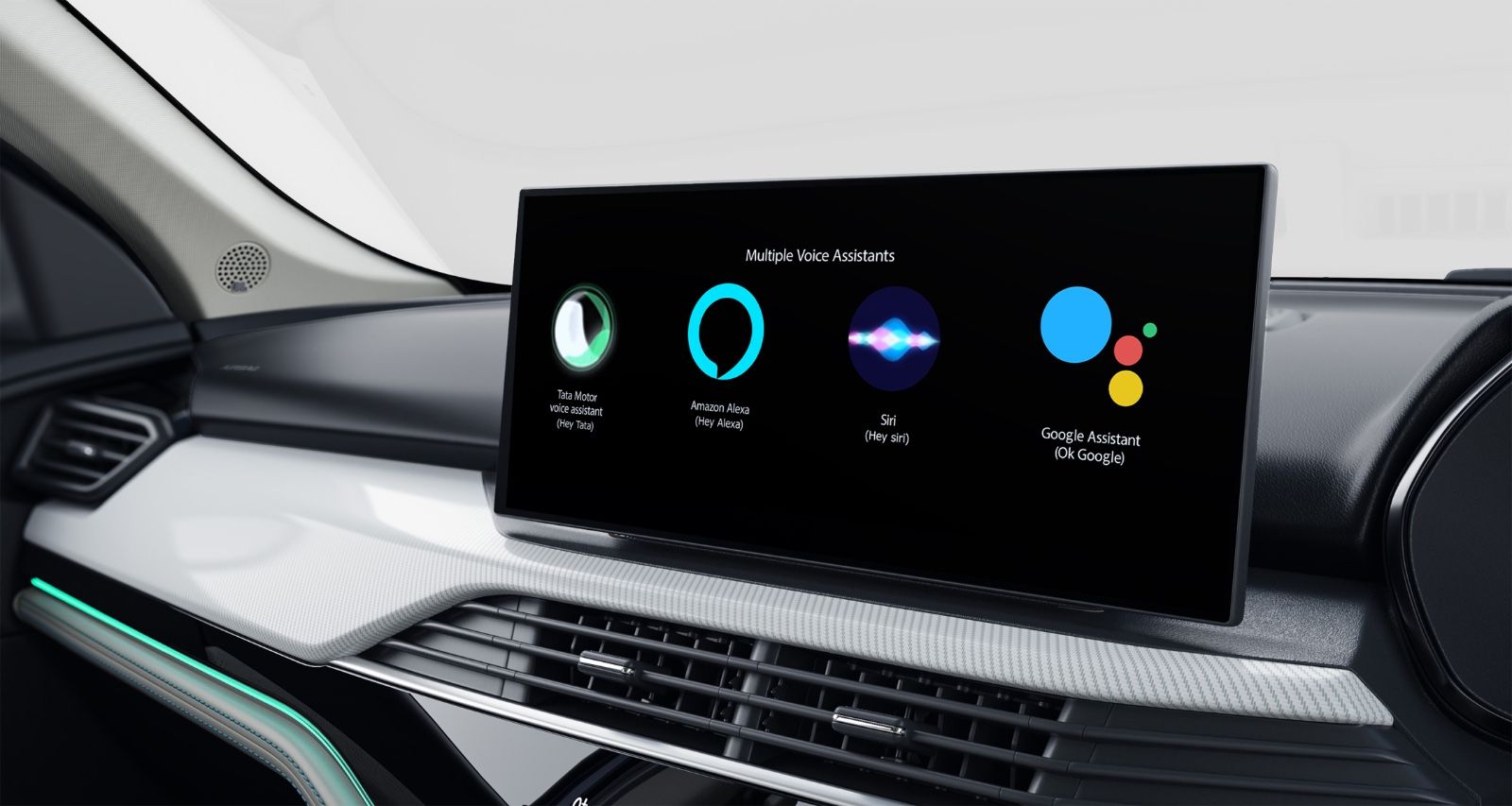
This change requires high levels of interaction between design and software development teams. Indian automobile manufacturers are increasing their investments in developing internal technological capabilities, setting up design studios and human-machine interface (HMI) teams, and creating experiences that are profoundly intuitive. This convergence of physical and digital interactions is giving rise to new standards of design. From the steering wheel to the infotainment system, each aspect of the car is being considered not just for functionality but for use, safety, and an emotional connection.
Every Feature, A Touchpoint
The design shift isn't just on-screen—it's being applied to how drivers and passengers interact with the car at every touch point. For instance, the recently introduced Harrier.ev features world-first innovations such as the 14.53″ Cinematic Infotainment Screen by Harman powered by Samsung Neo QLED, and the JBL Black 10 speaker system with JBL audio modes and Dolby Atmos – for a Theatre Maax Experience.

Driving is made convenient with Level 2 ADAS, Auto Park Assist and Summon Mode – which are redefining convenience, particularly in India's dense urban and unpredictable rural environments. Accessing a vehicle is now digital with Digi Access and Powered Tailgate with Gesture Activation providing effortless entry and exit. Voice-activated features and 540-Degree Surround View Systems (SVS) are introducing new levels of safety and control. While capabilities such as Vehicle-to-Vehicle (V2V) and Vehicle-to-Load (V2L) are turning EVs into smart, connected assets. Even comfort is technology-driven – ventilated seats adapt to Indian climates and driving styles, so each drive is not just intelligent but also intuitive.
Personalisation As The New Standard
Personalisation is now a key driver of innovation. With software being the core, vehicles can now learn from their users and adjust according to their archetypes. Indian EVs are headed towards adaptive, user-oriented designs responding to behavior-based data – from automatic seat settings, and preferred temperature settings to remembering preferred drive modes, and adjusting power output and range basis the users’ driving behaviour. Artificial intelligence and machine learning are enabling vehicles to remember driving patterns, suggest charging points, and even predict service needs.
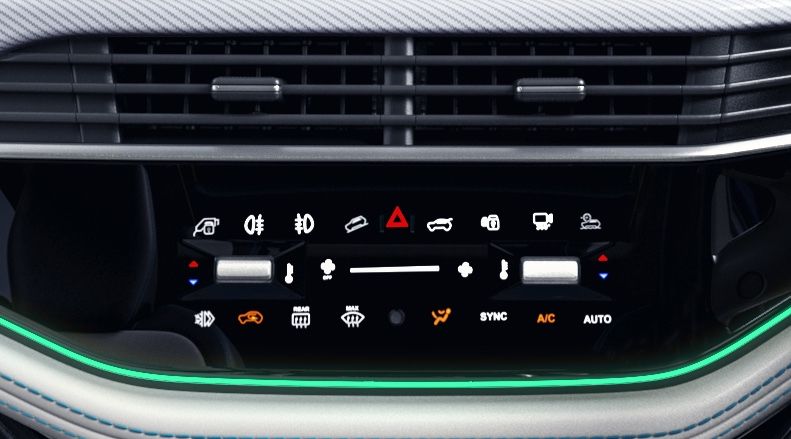
For families with more than one driver, profile-based configurations within a vehicle enable every driver to have a tailored experience, increasing comfort and effectiveness. The interior has now transformed into a digital space, a mirror of the individual needs and lifestyles of the buyers.
Design Remains Fluid
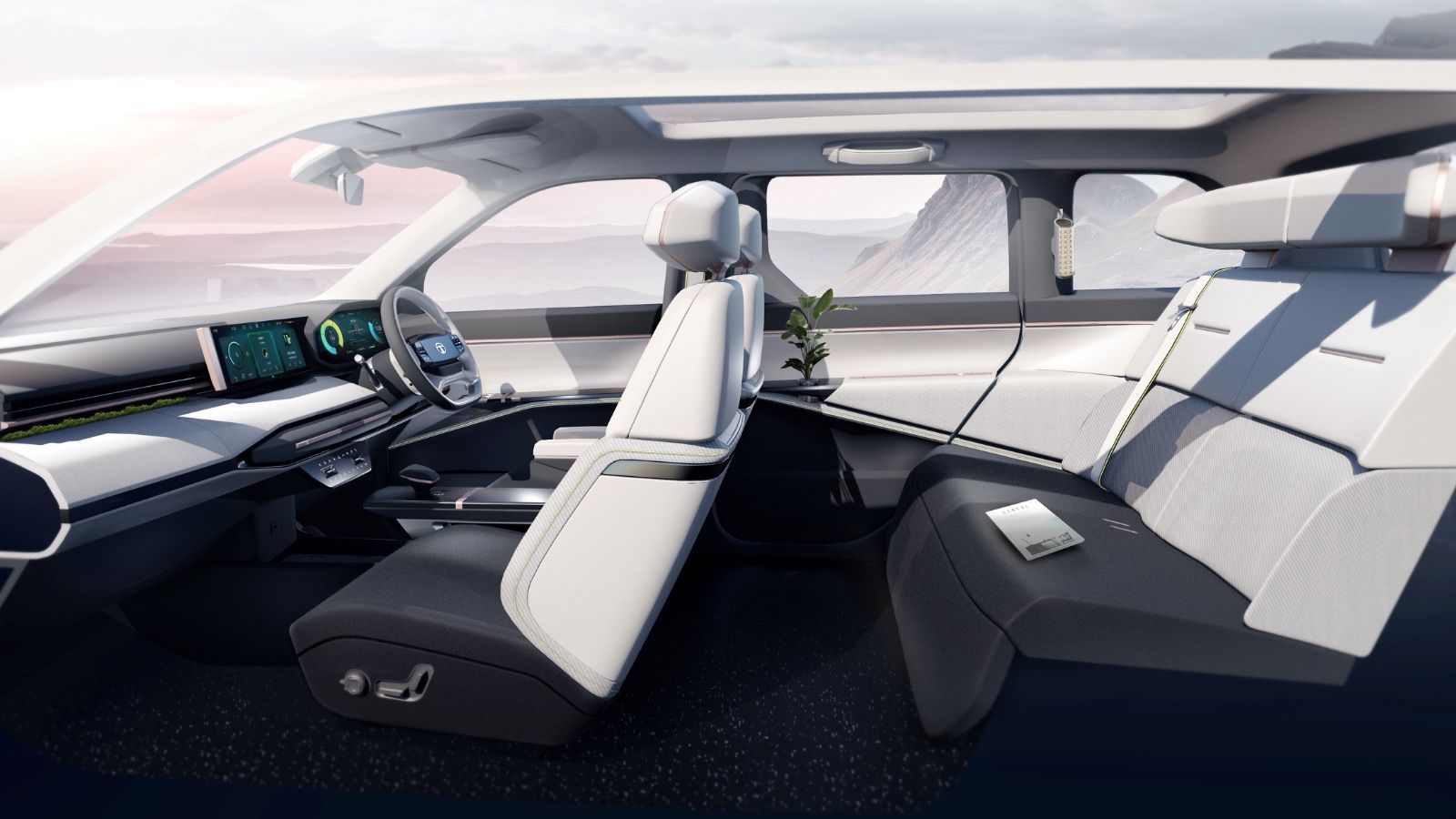
Design as an attribute has never been transient in the Indian automobile industry – and as such, is no longer a process to highlight and serve the tangible qualities of a vehicle. It is evolving to craft connected, digital experiences that are highly personalized, intuitive, and intelligent. In the new era, design teams need to be cross-functional where engineers, software developers, and user experience designers collaborate to develop products that connect with Indian users—multilingual, multicultural, and diverse in requirements. The function of design has always been fluid, and it proves its worth as it goes beyond visual attractiveness to emotional connection and practical simplicity.






